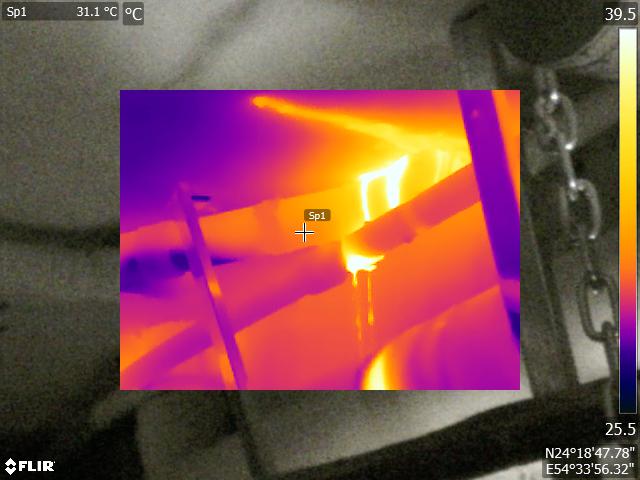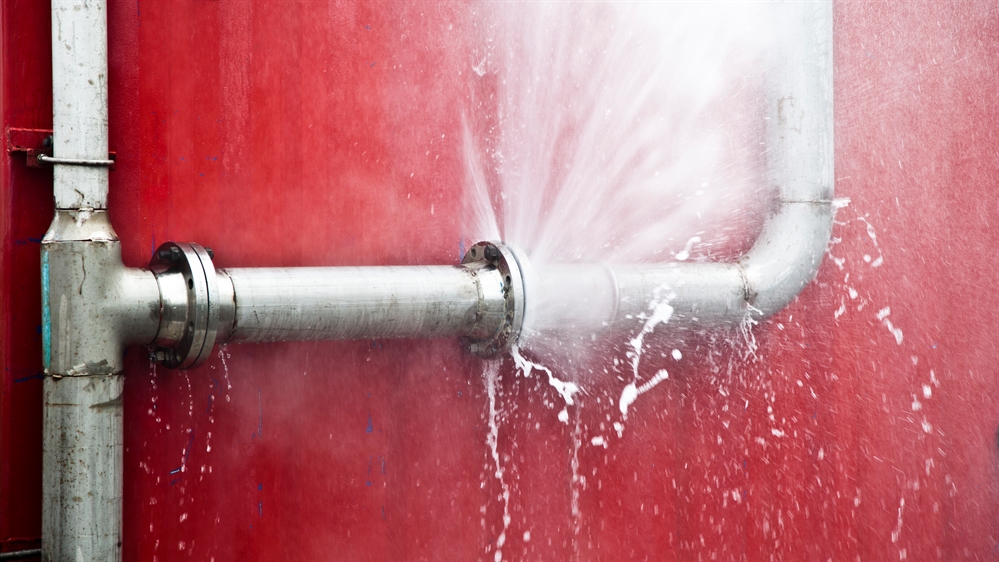Water Leak Detection Services
Elite Thermography utilizes advanced water leakage techniques and tools to detect damages, faulty parts, and water leaks in no time. Thermal imaging enables us to find the main source of the leakage, no matter how small or big, without doing any dismantling or any destructive procedures. Thermal imaging is an easy-to-use tool to find and check pipes and tubes for leaks, even when the water pipes are laid in the floor or under plaster. The heat of the pipes radiates through the surface and the pattern can be easily detected with a thermal imaging camera. With thermography and other advanced leak detection techniques, water leakage can be identified quickly for residential, commercial or industrial pipe networks.
Thermography in Water Leakage Inspection
✔ Reduced downtime
✔ Non-destructive and non-contact
✔ Avoid the high cost of repair and maintenance
✔ Can be done on any scale; from private homes to industrial or commercial facilities
✔ Fast and Quality assessment reports
✔ Money-back guarantee if we cannot find the leak

Types of Water Leak
– Ceiling Leaks
– Pipe Leaks
– Toilet Leaks
– Faucet, Shower, and Tub Leaks
– Tap Hole Leak
– Water Supply Line Leaks
– Evaporative Cooler Leaks
– Pool and Fountain Leaks

